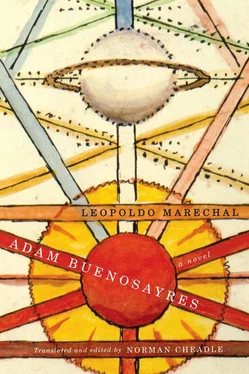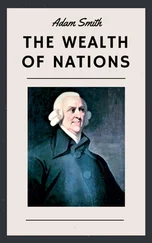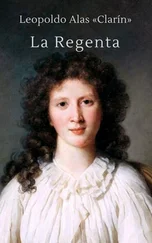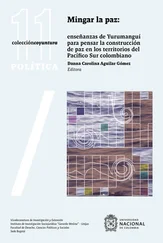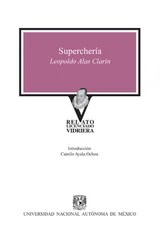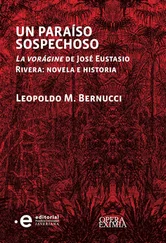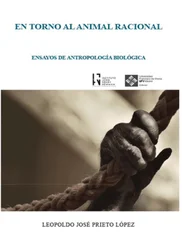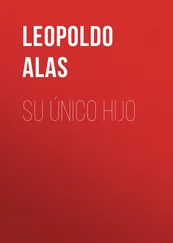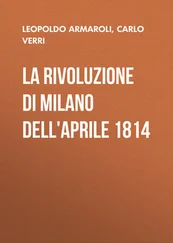103 A form of religious mysticism based on the work of the Spanish priest Miguel de Molinos (1640–1697), condemned as heterodox by the Inquisition. Molinos rejected outward devotion and emphasized passive contemplation.
104 It should be noted that in the original there is no sly double-entendre in the word “vice”; vice in Spanish does not have the double meaning it has in English (“vice” in Spanish is vicio ).
105 Marechal parodies the poem “De cuáles armas deve armar todo cristiano para vencer el diablo, el mundo e la carne” [Arms of the Christian Knight], strophes 1579–1603 in the fourteenth-century classic Libro de buen amor [Book of Good Love] by Juan Ruiz, Arcipreste de Hita (?—c. 1350). In that doctrinal poem, each Christian virtue is associated with a weapon or piece of armour as a mnemonic device.
106 KJV Matthew 7:1.
107 Ninth-century archbishop of Rheims, Turpin is celebrated in La Chanson de Roland (late twelfth-century) for fighting sword in hand against the Moors.
108 Cervercería Río Segundo: a brewery operating from the 1880s to the mid- 1930s. The brewery in Quilmes is still going strong.
109 Edison Anabaruse, along with the names of the rest of the Potentials confronting Adam, is an anagram of Adán Buenosayres. As Navascués ( AB 644n) notes, Joyce used the device of anagrams in Ulysses . In the penultimate episode, Ithaca, Leopold Bloom wonders: “What anagrams had he made on his name in youth? / Leopold Bloom / Ellpodbomool / Molldopeloob. / Bollopedoom / Old Ollebo, M. P.” (Joyce 792).
110 Allusion to the controversial defeat of Argentine boxer Luis Ángel Firpo, “Wild Bull of the Pampas,” by Jack Dempsey in the “fight of the century” at Madison Square Gardens, 1923. Firpo did knock Dempsey out of the ring — many sources say for as long as seventeen seconds — but Dempsey finally managed, with the help of American journalists, to climb back in and eventually be declared winner of the fight.
111 This elaborate fantasy clearly satirizes the program of the extreme philo-Fascist faction of conservative Argentine Catholic Nationalism.
112 OSB, Ordo Sancti Benedicti , is the anagram appended to the names of Benedictine monks.
113 Flos Sanctorum : thirteenth-century hagiographical collection known in English as the Lives of the Saints . The Hispanophone world tends to conserve the Latin title.
114 Putifilios: Neocriollo neologism for hijos de puta “sons of whores.” Xul Solar himself employed a similar word in his watercolour Filios del Sol [Sons of the Sun] (1920). Xul, who could laugh at himself, took in stride his caricature as the astrologer Schultz in Adán Buenosayres , but his wife, Micaela (Lita) Cadenas, objected that Xul in real life never used coarse language (Abós, Xul Solar 172–3).
115 Navascués ( AB 652n) sees here a barbed allusion to the Commentary on the Dream of Scipio , a Neoplatonist interpretation of Cicero’s Somnium Scipionis by author Macrobius Ambrosius Theodosius (5th century CE). The implication is that Schultz is merely the commentator of a commentator of others’ ideas.
116 There are a couple of instances of double-entendre in this passage that amount to playful nonsense. The phrase un sublimado de rana could mean “a frog who is exalted” or “a [chemical] sublimate of frog.” This parallels the phrase un comprimido de elefante , which literally means “an elephant pill” or “elephant tablet,” though the context demands that one understand the phrase as a transposition of un elefante comprimido , “a compressed elephant.” Also, ante los ojos del buey literally means “before the ox’s eyes,” but it evokes the term ojo de buey , meaning “porthole” or “circular skylight.” In short, a very Joycean passage that recalls the verbal tomfoolery of Finnegans Wake and suggests a verbal performance of the “horizontalization” of meaning in language.
117 “Contour of Life” is just as enigmatic as the original phrase, el Contorno Vivo . For Navascués ( AB 656n), the phrase probably alludes to Convivio , the circle of writers and artists created by César Pico under the auspices of the Cursos de Cultura Católica. This interpretation in turn clarifies the allusion in the next sentence to Caesar ( César in Spanish). The Pontifex Maximus, as Navascués has found in a marginal note by Marechal, is Máximo Etchecopar (1912–2002), another Catholic nationalist intellectual. The whole episode seems to send up both egalitarianism and antiegalitarianianism.
118 As with much of the novel’s “metaphysical” lore, Schultz’s theory of motion seems to come from Plato’s Timaeus (par. 34); the world’s body as fashioned by the Demiurge according to Reason, says Plato’s character, is spherical and its only motion rotational; worldly creatures are endowed with the other six (rectilinear) motions as enumerated by Schultz, which are “wanderings” without reason (Cornford 55–6).
119 In Orlando furioso , Agramante is the king of the pagan Saracens. In Canto 27, his warriors begin to fight among one another. King Agramante’s camp came to be a proverbial site of discord. Don Quixote (Book I, chapter 46) recalls the campo de Agramante during a burlesque brawl at the inn.
120 In the original : guarda e passa , from Dante’s Inferno , canto III, verse 51 (Barcia 8867n).
121 Felice Orsini (1819–1858) designed a bomb of fulminate of mercury that would explode on impact. He used such bombs in an assassination attempt on Napoleon III, hoping to set off a revolution in France that would in turn facilitate Italy’s independence.
122 The anarchist movement in Argentina, as Navascués ( AB 662n) following José C. Moya notes, was among the largest in the world in the early twentieth century. According to Moya (20), Buenos Aires was the second most important centre of anarchism after Barcelona. Moya discusses the paradox of the stereotype of the Jewish anarchist, ideologically in contradiction with that of the rapacious Jewish capitalist. David Viñas, whose maternal grandparents were Russian Jews, takes up the theme in his novels Los dueños de la tierra (1958) [Masters of the Earth], En la semana trágica (1966) [In the Tragic Week], and Dar la cara (1975) [Stand Up and Be Counted] (see Misoo Park, “Otro discurso del programa político de Contorno ” PhD dissertation, University of British Columbia, 2009).
123 Coram populo — Latin, “before the people, in public.”
124 A likely allusion to a scene in El mal metafísico (1916) [The Metaphysical Disease], by Manuel Gálvez, where anarchists are portrayed at their Sunday picnics in the park Isla Maciel; taken there by an anarchist friend, the protagonist finds the scene depressingly mediocre and bourgeois (Part Two, chapter v).
125 Parodic inversion of Socrates’s famous simile comparing himself to “a sort of gadfly, given to the state by God; and the state is a great and noble steed who is tardy in his motions owing to his very size, and requires to be stirred into life. I am that gadfly which God has attached to the state, and all day long and in all places am always fastening upon you, arousing and persuading and reproaching you” (Plato’s Apology , trans. Benjamin Jowett. Project Gutenberg ebook). The real-life referent of the Boss is Natalio Félix Botana (1888–1941), a newspaper magnate famous for bringing sensationalist journalism to the River Plate region. Starting in 1921, his newspaper, Crítica , carried a version of Socrates’s sentence printed as its motto just beneath the daily’s logo (Abós, El tábano 297).
Читать дальше
